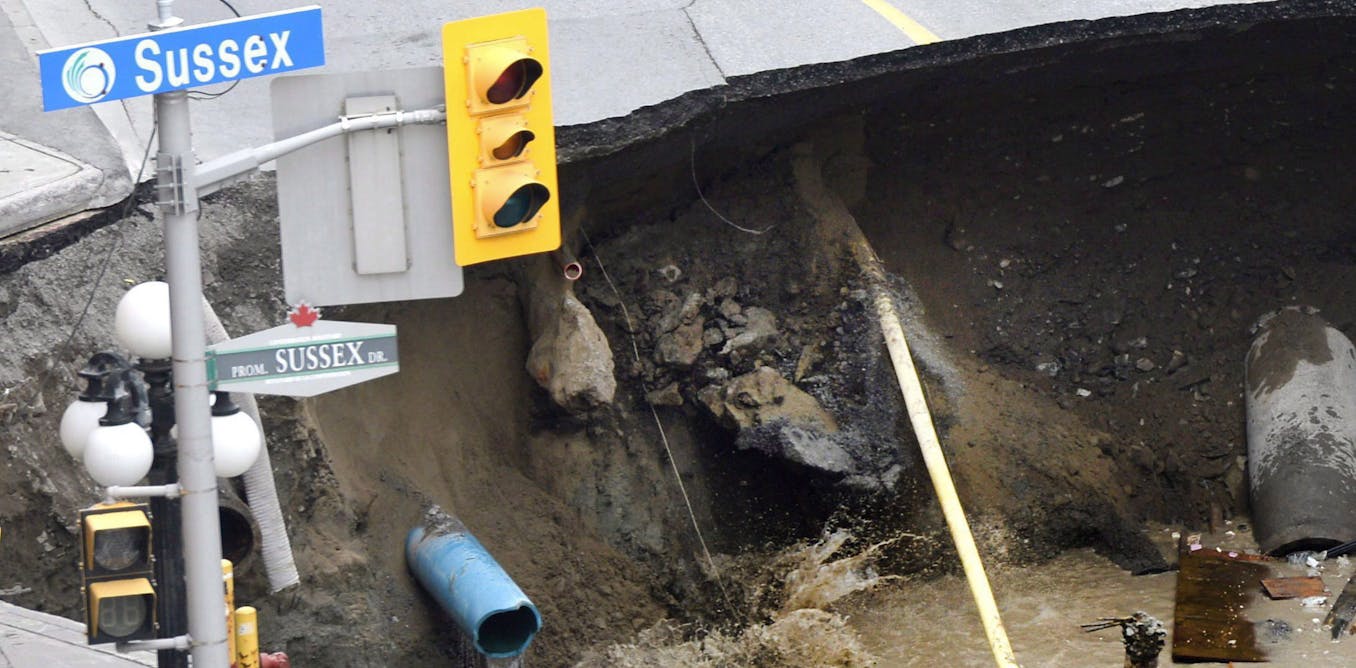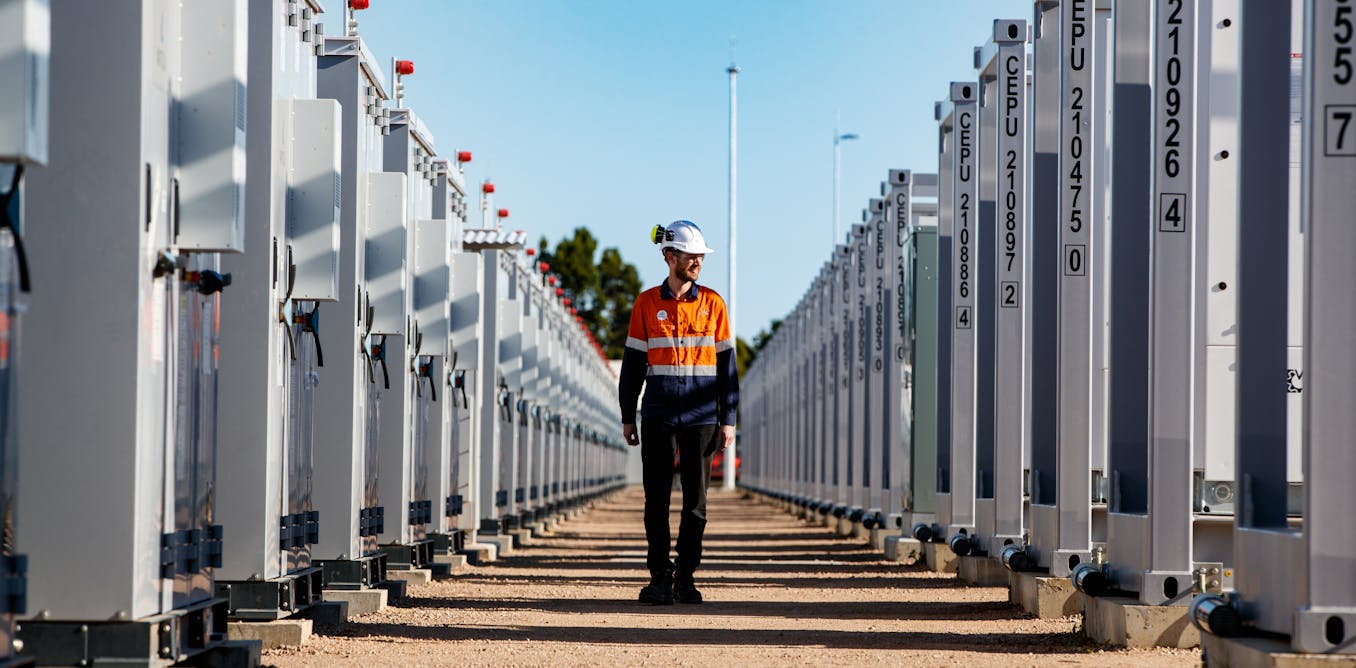The Japanese government’s bid to have a former mining complex on Sado Island listed as a UNESCO World Heritage site has stirred controversy due to its dark legacy of forced labor. The mines, which have a history dating back centuries, employed forced laborers from the Korean peninsula, raising concerns among Japan’s neighboring countries.
Al Jazeera’s Rob McBride brings us the story from Sado Island, Japan, where the Aikawa Gold Mine and Aikawa Silver Mine stand as a reminder of Japan’s past use of forced labor. The push for UNESCO World Heritage status has shed light on the troubling history of exploitation and mistreatment of workers in the mines.
While the mines on Sado Island hold significant historical and cultural value, the use of forced labor tarnishes their legacy. Japan’s neighbors have expressed concerns over the bid for UNESCO recognition, calling for acknowledgment of the past injustices committed in the mining complex.
As Japan seeks to showcase its historical treasures to the world, the issue of forced labor looms large, reminding us of the need to confront and address the dark chapters of our past.
Watch the video by Al Jazeera English
Video “Japanese island’s legacy: Forced labour mars UNESCO World Heritage status bid” was uploaded on 07/07/2024 to Youtube Channel Al Jazeera English






































